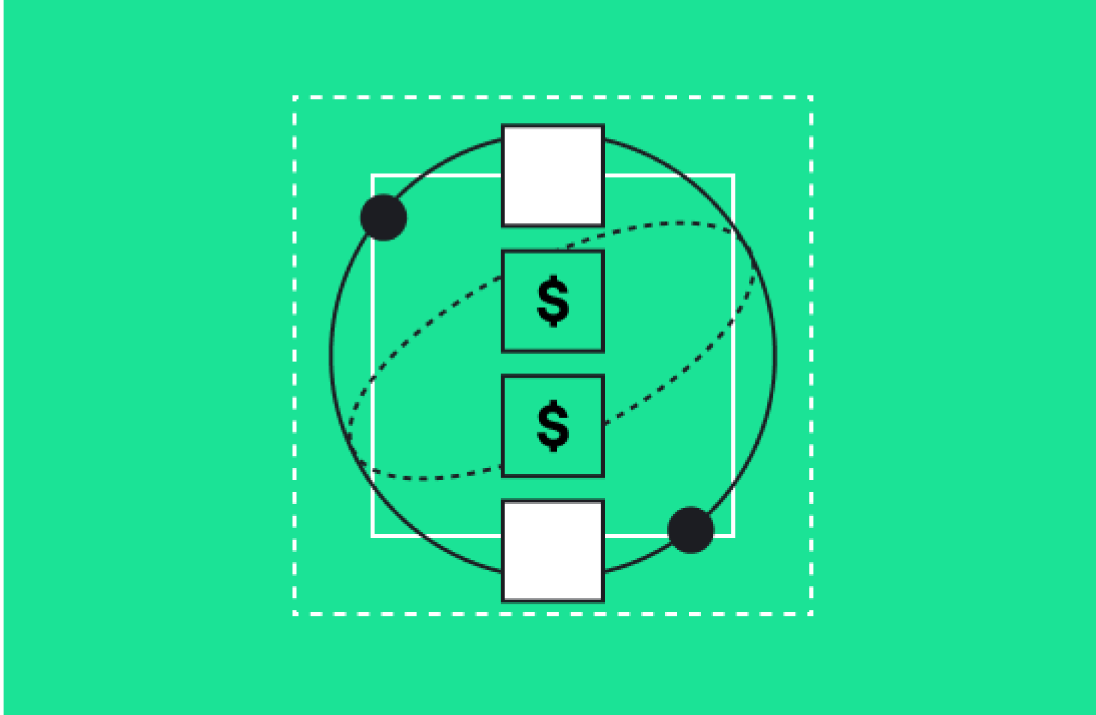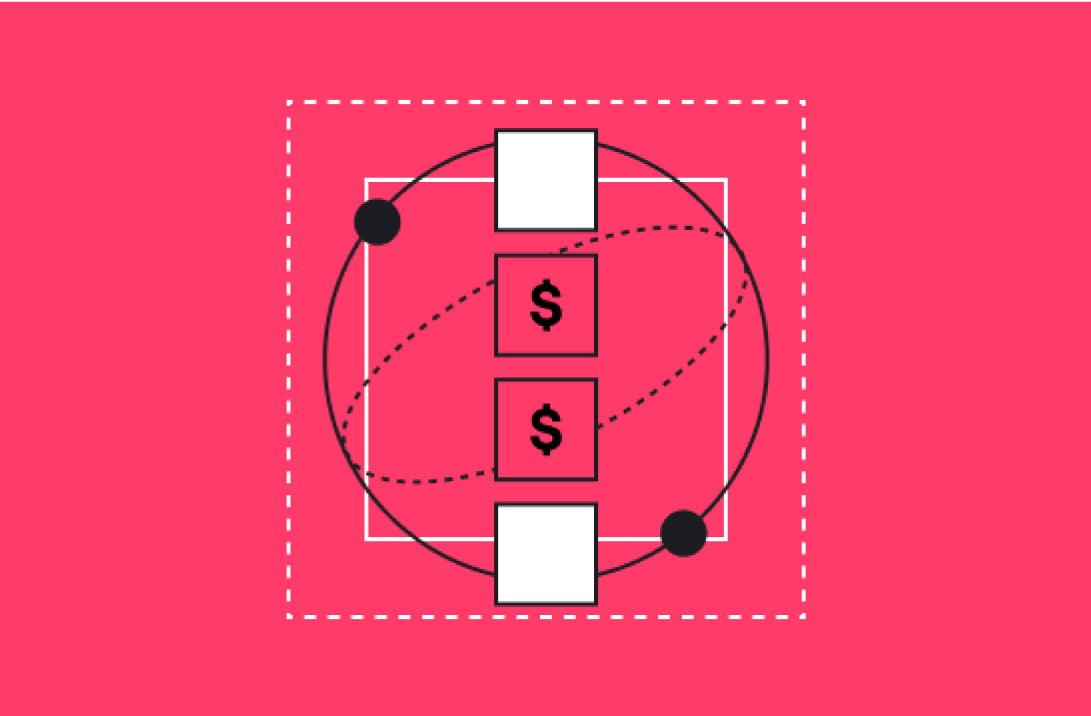While webhook capabilities have existed in HubSpot workflows, this year’s INBOUND 2024 announcement brings enhanced functionality, simplifying the integration of real-time automation for external systems.
This feature will be a powerful new addition for HubSpot users who rely on external integrations, enabling real-time automation and unlocking advanced use cases that were previously impossible—including workflows that align with AI for predictive lead scoring.
But First, What Are Webhooks?
At their core, webhooks are a way for apps to communicate with each other in real time. Unlike traditional methods, where one system might have to continually ask another for updates (think of it like repeatedly checking your email to see if someone has replied), webhooks allow the system to “push” information the moment something happens.
In the context of HubSpot, a webhook allows an external app—like PandaDoc, Zoom, or Stripe—to trigger a workflow by sending data directly to HubSpot the moment an event occurs. For example, the moment a PandaDoc document is signed, HubSpot can receive that data and initiate a workflow without delay.
Why Webhooks Are Important
The biggest advantage of webhooks is real-time communication. They eliminate the need for constant polling (repeatedly checking for changes) by letting third-party platforms notify HubSpot as soon as an event takes place. This means that your workflows can respond instantly to external changes—and can even power workflows tied to AI for lead scoring models.
Using Webhooks
- When a document is signed in PandaDoc, the webhook can trigger follow-up tasks in HubSpot.
- When a payment is completed in Stripe, the webhook can kick off a customer success process, update a deal stage, or send a confirmation email.
Why This Update is Huge for HubSpot’s Technical Users
This new webhook functionality in workflows is a massive win for users who need more customization and control over their automations. Previously, creating such real-time triggers required custom coding or external tools. Now, with the ability to use webhooks directly in HubSpot workflows, even non-developers can take advantage of powerful, event-driven automations.
For developers and technically inclined users, this update simplifies the process of triggering workflows from external systems, reducing the need for complex custom code and making it easier to automate key processes.
You can even combine webhook triggers with tools like HubSpot custom events to create highly personalized and responsive systems across platforms.
What This Can Mean for Your Team
With webhook triggers, your team can automate and scale processes that once required manual intervention or custom development. Whether you’re managing contracts, payments, events, or customer records, this new feature allows you to set up workflows that respond to changes as they happen, saving time and reducing errors.
For example:
- Sales teams can automate follow-ups when contracts are signed, or deals are updated in real time.
- Marketing teams can trigger targeted communications based on events like webinar sign-ups or form completions.
- Operations teams can streamline internal processes by automating responses to critical events like payments, project updates, or system alerts.
Think Your Team Could Use Webhooks?
HubSpot’s introduction of webhook triggers for workflows opens up endless possibilities for automation. By allowing real-time triggers from third-party systems, teams can build faster, smarter processes that respond instantly to important events.
Whether you’re looking to streamline operations, enhance customer interactions, or reduce manual work, this update is set to change how you use HubSpot workflows.
Want to connect real-time automations with lead scoring and campaign logic? Check out our Marketing Operations Services to see how we can help.
Let us know how we can help implement webhook triggers or AI-powered logic into your automation stack.







